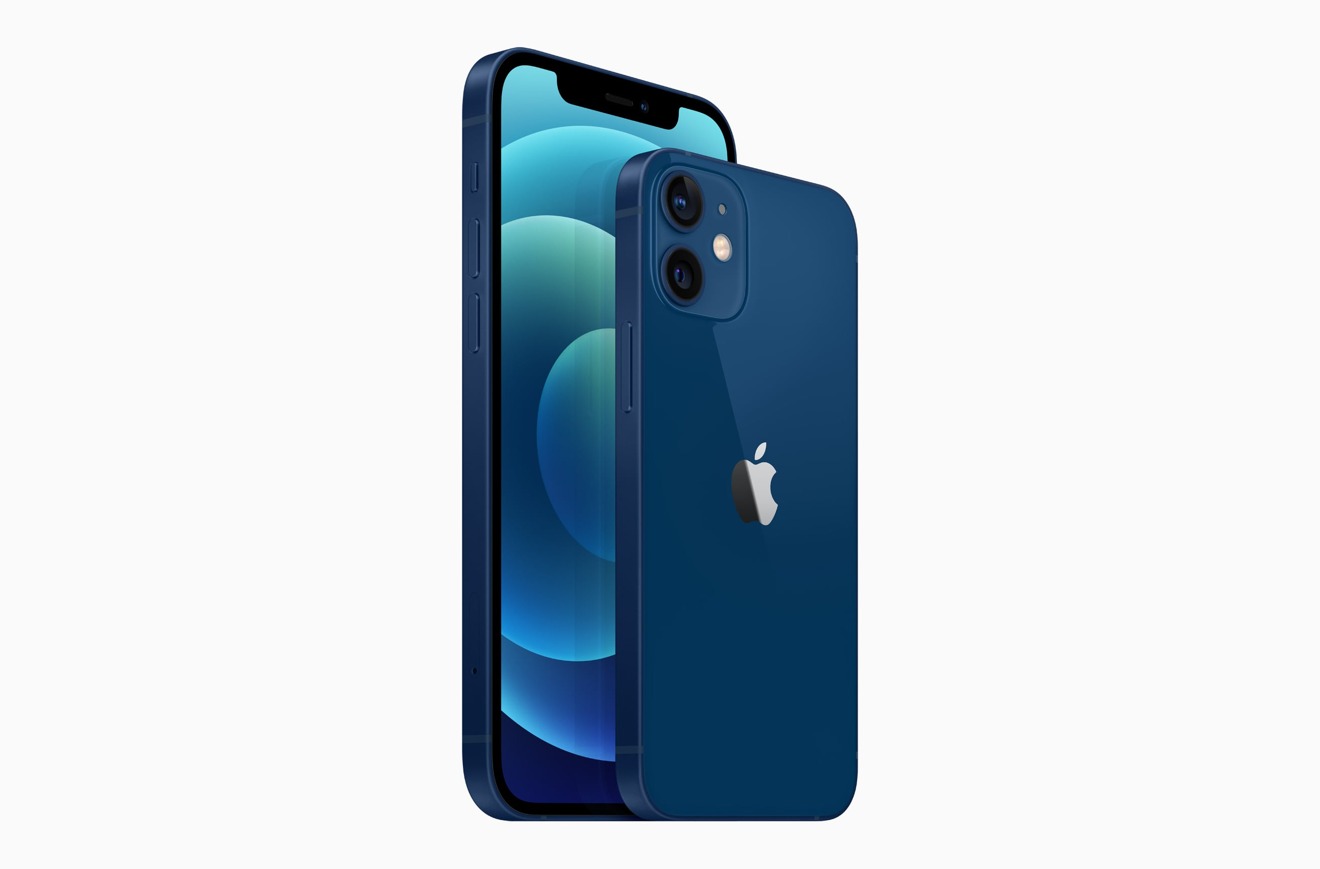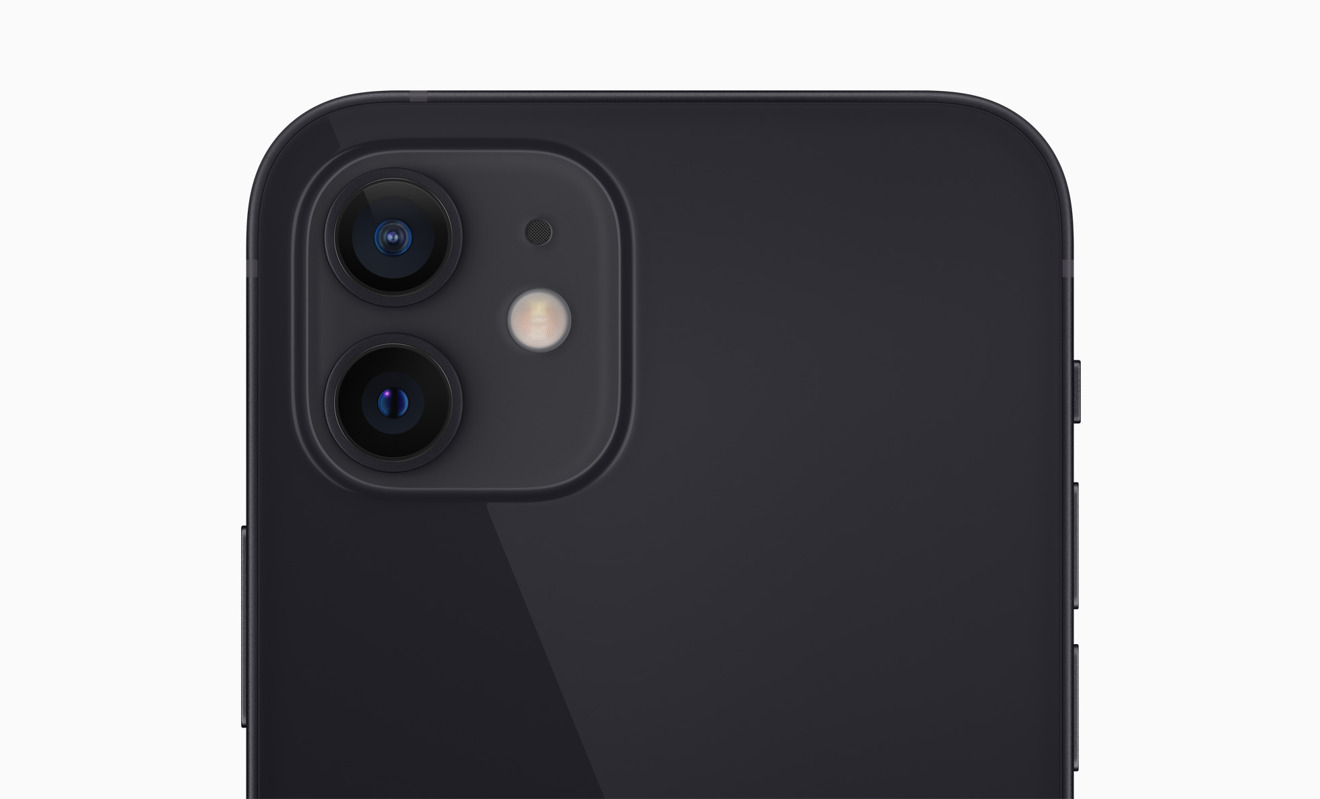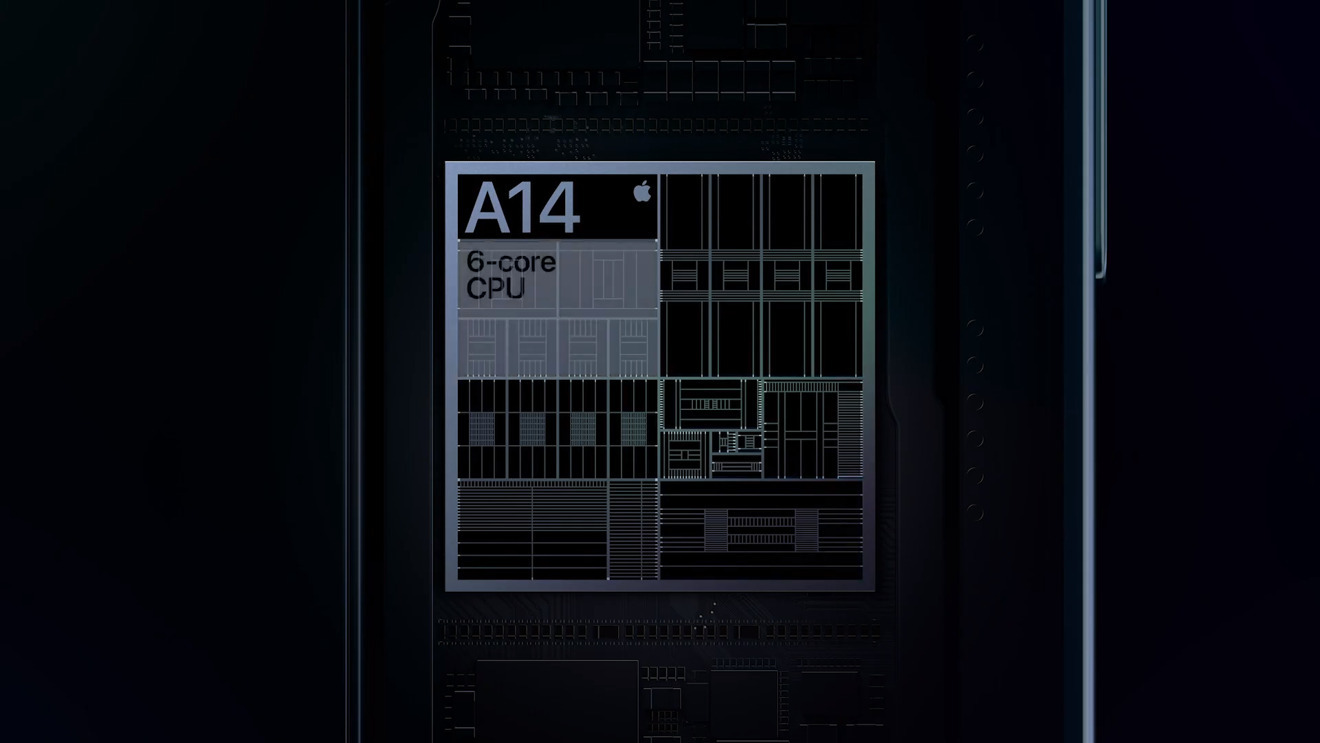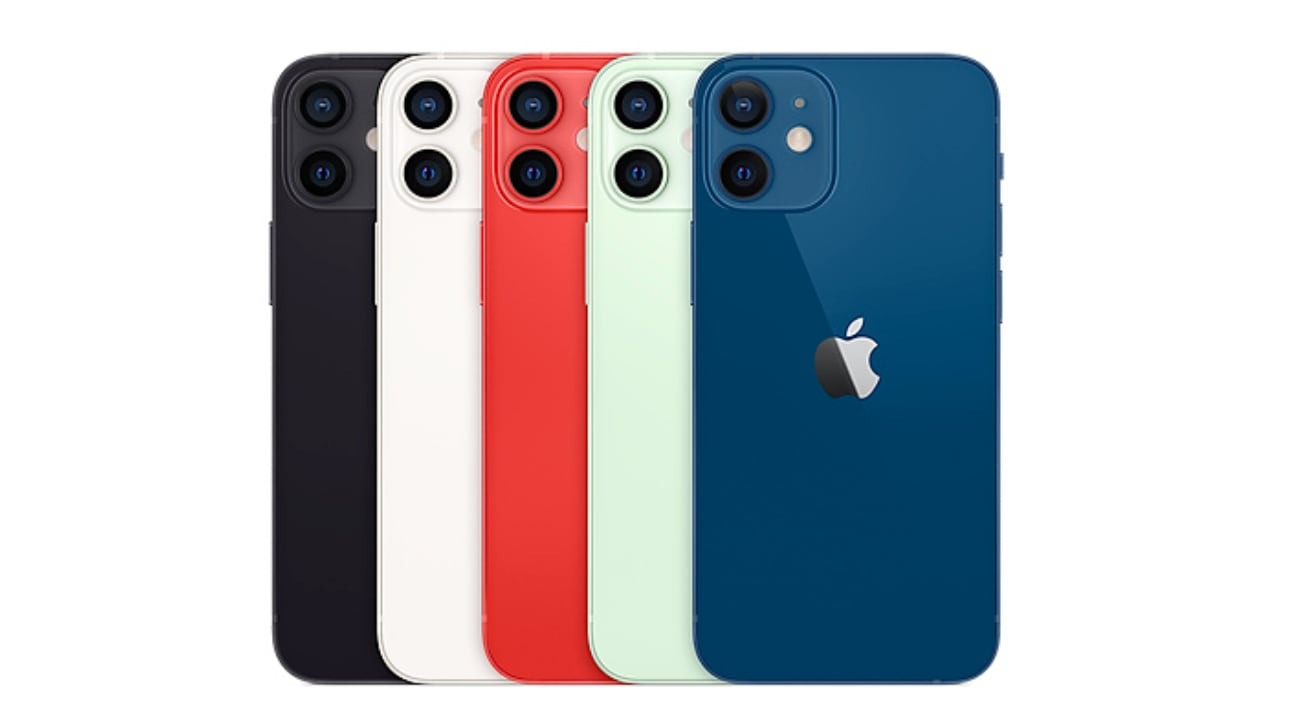Apple’s inclusion of the iPhone 12 mini in its main iPhone refresh for 2020 has given consumers another pint-sized option to buy if they want a compact smartphone, but how does it compare to 2019’s iPhone 11 and the second-generation iPhone SE? We break out the microscope.
There is a part of Apple’s customer base that thrives on having the smallest iPhone model available. The compact size making the mobile device light and easy to carry around, while also being very easy to use one-handed, among other reasons.
With the introduction of the 2020 iPhone range, Apple catered to this crowd once again, with the iPhone 12 mini’s suffix highlighting how it is the smallest of the new range.
The naming of the model will immediately draw users to compare it against the iPhone SE, the extremely compact model of iPhone that offers practically all of the functionality of its full-size counterparts in a neat little package. There are also direct comparisons to be made against the iPhone 11, the lowest-cost model from the 2019 collection that’s still being sold, and one that doesn’t include a size-indicating suffix.
With a few viable options available, it’s worth taking a closer look at the new model, and how it sizes up against its stablemates.
Specifications
| iPhone 12 mini | iPhone 11 | iPhone SE (Second Generation) | |
|---|---|---|---|
| Price | $699 | $599 | $399 |
| Dimensions (inches) | 5.18 x 2.53 x 0.29 | 5.94 x 2.98 x 0.33 | 5.45 x 2.65 x 0.29 |
| Weight (ounces) | 4.76 | 5.84 | 5.22 |
| Processor | A14 Bionic | A13 Bionic | A13 Bionic |
| Storage | 64GB, 128GB, 256GB | 64GB, 128GB, 256GB | 64GB, 128GB, 256GB |
| Display type | 5.4-inch Super Retina XDR | 6.1-inch Liquid Retina | 4.7-inch Retina HD |
| Resolution | 2,340 x 1,080 at 476ppi | 1,792 x 828 at 326ppi | 1,334 x 750 at 326ppi |
| True Tone | Yes | Yes | Yes |
| Biometrics | Face ID | Face ID | TouchID |
| Connectivity | 5G (Sub-6GHz and mmWave) Gigabit-class LTE Wi-Fi 6 Bluetooth 5.0 |
Gigabit-class LTE Bluetooth 5.0 Wi-Fi 6 |
Gigabit-class LTE Bluetooth 5.0 Wi-Fi 6 |
| Rear Cameras | 12MP Ultra Wide 12MP Wide |
12MP Ultra Wide 12MP Wide Night Mode Bright True Tone Flash |
Single-lens 12MP Wide camera |
| Video | 4K 60fps, 30fps HDR with Dolby Vision, 1080p 240fps Slo-mo |
4K 60fps, 1080p Slo-mo |
4K 60fps, 1080p Slo-mo |
| Front Cameras | 12MP TrueDepth | 12MP TrueDepth Camera | 7MP FaceTime HD Camera |
| Battery (Video playback time) |
Up to 15 hours | Up to 17 hours | Up to 13 hours |
| Colors | Black, White, Blue, Green, (Product)Red | Purple, Yellow, Green, Black, White and (PRODUCT)RED | Black, White, (PRODUCT)RED |
iPhone 12 mini vs iPhone 11 vs 2020 iPhone SE - Physical Dimensions
The elephant in the room is the obvious discussion about size, namely how big the iPhone 12 mini is compared to the rest of the group. As you can tell by the name, it’s the smallest currently sold by Apple.
The iPhone 12 mini measures 5.18 inches by 2.53 inches (131.5mm by 64.2mm) and is 0.29 inches (7.4mm) thick, which makes it quite a compact smartphone to begin with.

The iPhone 12 mini is considerably smaller than the iPhone 12, but not as compact as the iPhone SE
Its direct 2019 counterpart, the iPhone 11, is much bigger at 5.94 inches (150.9mm) long, 2.98 inches (75.7mm) wide, and 0.33 (8.3mm) inches thick. Meanwhile the current reigning size champion that is the second-generation iPhone SE loses its crown with dimensions of 5.45 by 2.65 inches (138.4mm by 67.3mm) and 0.29 inches (0.73mm) thick, making it a little longer and wider.
The comparison goes further, as the new model is also the lightest of the three. The iPhone 11 weighs 194 grams (6.84 ounces) and the iPhone SE at 148 grams (5.22 ounces). The iPhone 12 mini is 135 grams (4.76 ounces.)
iPhone 12 mini vs iPhone 11 vs 2020 iPhone SE - Displays
A big clue to the size disparity relates to the screen, as all three models have differing displays.
The iPhone 12 mini has a 5.4-inch display, while the iPhone SE has a 4.7-inch version, and the iPhone 11 has a 6.1-inch screen. On screen size alone, the iPhone SE should be the smallest device, but both the iPhone 11 and iPhone 12 mini use an edge-to-edge design that eliminates dead space from the front, reducing their overall footprint.
While the iPhone 12 mini fits in the middle in terms of size, it does however beat the rest in a few key factors. Chief among them is Apple’s change in technology from an LCD IPS display used in the SE and 11, in favor of an OLED panel.
Using OLED will make the screen work far better than its LCD counterparts, including higher levels of contrast, brighter images, and greater color representation.
For example, the iPhone 12 mini has a contrast ratio of 2,000,000:1, versus the 1,400:1 of the other two. The iPhone 12 mini’s OLED also offers higher brightness levels at 800 nits, boosted to 1,200 nits for HDR content, while the others have 625 nits of maximum brightness.
Apple has also taken the time to give the iPhone 12 mini a great resolution of 2,340 by 1,080, a considerable step up from the iPhone 11’s 1,792 by 828 screen, driven by the change from LCD to OLED. This equates to a pixel density on the iPhone 12 mini of 476 pixels per inch, dwarfing the iPhone 11’s 326ppi.
The 1,334-by-750 and 1,792-by-828 resolution displays of the iPhone SE equates to pixel density of 326ppi, the same as the iPhone 11.
All models also include support for True Tone and P3 Wide Color as usual for Apple’s mobile devices.
The display of the iPhone 12 mini also benefits from Ceramic Shield, an addition to the glass that enables it to be four-times better at surviving drops than earlier models.
This shift to OLED is likely to be the most important change for end users, as it brings the non-Pro iPhone line up to the same technology as the Pro variants. With a far higher resolution and pixel density, as well as the general benefits of OLED, it’s hard not to see the iPhone 12 mini as having the best screen of the trio.
iPhone 12 mini vs iPhone 11 vs iPhone SE - Cameras
Users familiar with the dual-camera setup of the iPhone 11 and earlier models will be very familiar with the cameras used in the iPhone 12 mini, as it is a similar dual 12-megapixel arrangement, consisting of ultra-wide and wide-angle cameras. They offer a 2x optical zoom out and a 5x digital zoom.
One slight sensor difference is in the aperture for the wide-angle lens. Though small, switching from f/1.8 to f/1.6 will enable more light to enter the camera sensor, which can significantly improve low-light photography.
The iPhone SE uses a single 12-megapixel wide-angle camera on the back, with a 5x digital zoom.
All have the usual collection of Apple’s camera functions, including a Portrait mode, True Tone flash, optical image stabilization, Portrait Lighting, and Smart HDR, for example, though the iPhone 12 mini now has a more advanced Smart HDR 3 for photos.

The dual camera system on the back of the iPhone 12 mini.
On the video side, the iPhone SE and iPhone 11 have the ability to capture 4K video at up to 60fps, 1080p slo-mo at 240fps, and optical image stabilization. As part of Apple’s upgrades in 2020, the iPhone 12 mini can also record HDR video with Dolby Vision at up to 30fps at a 4K resolution.
The iPhone 12 mini’s video capabilities also include a Night mode Time-lapse feature, combining the existing Time-lapse with the low-light photography improvements.
Along with anticipated computational photography upgrades in the iPhone 12 mini, the model also gains better optics, switching out the 6-piece lens assembly with a seven-piece version for the wide camera. This will improve the image quality of the basic image being received at the sensor itself, before the iPhone’s image processing takes over.
Around the front, the TrueDepth camera array of the iPhone 11 is able to capture a 12-megapixel image, as well as record 4K video at 60fpps, Slo-mo at 1080p 120fps, and can use Animoji and Memoji using its LiDAR capabilities. The iPhone 12 mini has the same feature set as the iPhone 11.
The iPhone SE lacks the array at the front, but can still capture a 7-megapixel photo, 1080p video at 30fps, and even has the Portrait mode capabilities.
iPhone 12 mini vs iPhone 11 vs iPhone SE - Processing performance
The iPhone 11 and iPhone SE both use the A13 Bionic, a very capable chip that, at the time of its launch in 2019, was the fastest A-series processor Apple had ever designed. For 2020, Apple has done it again.
The A14 Bionic SoC in the iPhone 12 mini is made using a 5-nanometer fabrication process, with a 6-core design and a 40% performance boost for the CPU over the A12 versus the 20% improvement the A13 had over the A12. It’s a similar story for graphics, as the four-core GPU in the A14 is said to have a 30% performance improvement on the A12, versus a 20% improvement for the A13 over the A12.
In short, the A14 is more powerful than the A13. Initial benchmarks of the A14 in the iPad Air suggested there’s an overall 19% improvement in performance from the A13 to the A14 for the CPU, and 27% for graphics.

The A14 SoC, used in the entire iPhone 12 range.
The Geekbench benchmarks seemed to show the A14 as achieving 1,583 points for single-core tests and 4,198 for multi-core tests. The official benchmark chart for the tool has the iPhone SE at 1,321 and 2,740 for the respective tests, and the iPhone 11 at 1,322 and 3,013.
While these tests are just against the chip, there is another questionable element to take into account, and that is memory. While Apple doesn’t disclose how much RAM is in each model normally, the iPhone SE and iPhone 11 both have been found to be equipped with 4GB.
Rumors have pointed to Apple using 4GB of memory in the iPhone 12 mini, while Pro models have 6GB, which seems to be plausible. It won’t be confirmed until the iPhone 12 mini undergoes benchmarking after its release.
With similar levels of memory, there’s no advantage in that area, leaving the more powerful processor the only performance-related benefit of the iPhone 12 mini over the other two models.
iPhone 12 mini vs iPhone 11 vs iPhone SE - Connectivity and 5G
Both the iPhone SE and iPhone 11 have similar cellular and wireless capabilities, with both offering gigabit-class LTE connectivity with 2×2 MIMO and LAA, Wi-Fi 6 support with 2×2 MIMO, and Bluetooth 5.0.
On top of that, the iPhone 11 has Ultra Wideband, which is used for “spatial awareness,” namely determining the location of other Ultra Wideband-supporting devices.
The iPhone 12 mini builds on top of the foundation laid by the iPhone 11, by adding 5G connectivity.
The 2020 iPhones all support cellular connections over 5G, but in different ways. Technically speaking 5G itself is two separate connectivity technologies that work in concert with each other.

All iPhone 12 models support 5G, including mmWave.
The low-band element of 5G works similarly to current LTE and earlier versions, namely blanket coverage of wide areas with a long range and comparable connection speeds to existing LTE networks. The second component, mmWave, boasts considerably faster connection speeds at potentially gigabit levels, but as the signals are so weak, the rollout of mmWave will largely be limited to built-up areas of major cities.
For the iPhone 12 mini, Apple went against rumors of limited 5G support, by making all of the new models work across all elements of 5G, including mmWave. This means all of the benefits of 5G will be available for iPhone 12 mini users, where available to use.
On top of that, Apple is also preserving the battery of the iPhone 12 mini by automatically switching between LTE and 5G. Rather than use 5G all the time, it will downgrade to LTE for normal use, but switch over to 5G when the speed is needed.
iPhone 12 mini vs iPhone 11 vs iPhone SE - Power, EarPods, and other bits
The size of the device seems to make an impact on battery life when you look at the iPhone 11 and iPhone SE, which Apple claims offers up to 17 hours and 13 hours of video playback respectively, or 65 hours and 40 hours of audio playback.
The iPhone 12 mini is in the middle again, with claimed 15 hours of video playback and up to 50 hours of audio playback.
Both the iPhone 11 and iPhone SE offer fast-charge capabilities, with the ability to acquire 50% of their charge in just 30 minutes when used with an 20W adapter or higher. This is the same for the iPhone 12 mini, which also adds support for MagSafe wireless chargers on top.
Apple previously included a pair of EarPods in the box for the iPhone 11 and iPhone SE 2, which connected using the Lightning connector on the base of the iPhone. Now, Apple has decided against including headphones and the charger in the box for all currently-sold models, with customers expected to provide their own Bluetooth headphones or buy some, such as AirPods.
The iPhone SE is the odd-device-out when it comes to biometric security, as it uses the traditional Touch ID whereas the iPhone 12 mini and iPhone 11 both use Face ID.
iPhone 12 mini vs iPhone 11 vs iPhone SE - Capacity and pricing
Apple sells the iPhone SE in a choice of three capacities: 64GB for $399, 128GB for $449, and 256GB for $549.
The iPhone 11 is sold in the same capacities, with the full-sale prices of $599 for 64GB, $649 for 128GB, and $749 for 256GB.
The iPhone 12 mini is only offered in 64GB, 128GB and 256GB variants, like the other two. Apple is charging $699 (assuming you’re an AT&T or Verizon customer) for the 64GB capacity, $749 for 128GB, and $849 for the 256GB, making it overall $100 more expensive than the iPhone 11 for comparable capacities.
iPhone 12 mini vs iPhone 11 vs iPhone SE - Which should you get?
Everyone buys smartphones for different reasons, but with the iPhone SE, iPhone 11, and iPhone 12 mini, we’re looking at the value end of the spectrum, as well as devices with a generally smaller form factor.
Before the launch of the iPhone 12 mini, customers would go for the iPhone SE if they wanted the absolutely cheapest iPhone available, and the iPhone 11 if they needed a bigger screen, a choice of cameras, and higher-tier features like Face ID.
With the advent of the iPhone 12 mini, there’s a change this end of the scale, as the iPhone 12 mini is now the smallest and lightest model. The only things going for the iPhone SE now are price, the use of Touch ID over Face ID, and a user’s nostalgia.

The iPhone 12 mini is available in five colors.
So, what does the iPhone 12 mini give you over the others? The main things are the higher-resolution OLED screen that is a massive leap forward from LCD, the far higher performance of the A14 chip, and a pathway to enjoying 5G.
Sure, you save $300 if you go for the cheapest iPhone SE instead of the iPhone 12 mini, but you miss out on quite a lot of improvements.
It’s always going to be hard to justify a $300 price difference between models when price is so much of a factor, in buying devices. In the iPhone 12 mini, Apple probably has done enough to coax potential iPhone SE buyers to the better mobile device.
As for the battle between the iPhone 12 mini and iPhone 11, there’s no real fight at all. You get so much for that extra $100, that it stops being a difficult choice for all but the most frugal.